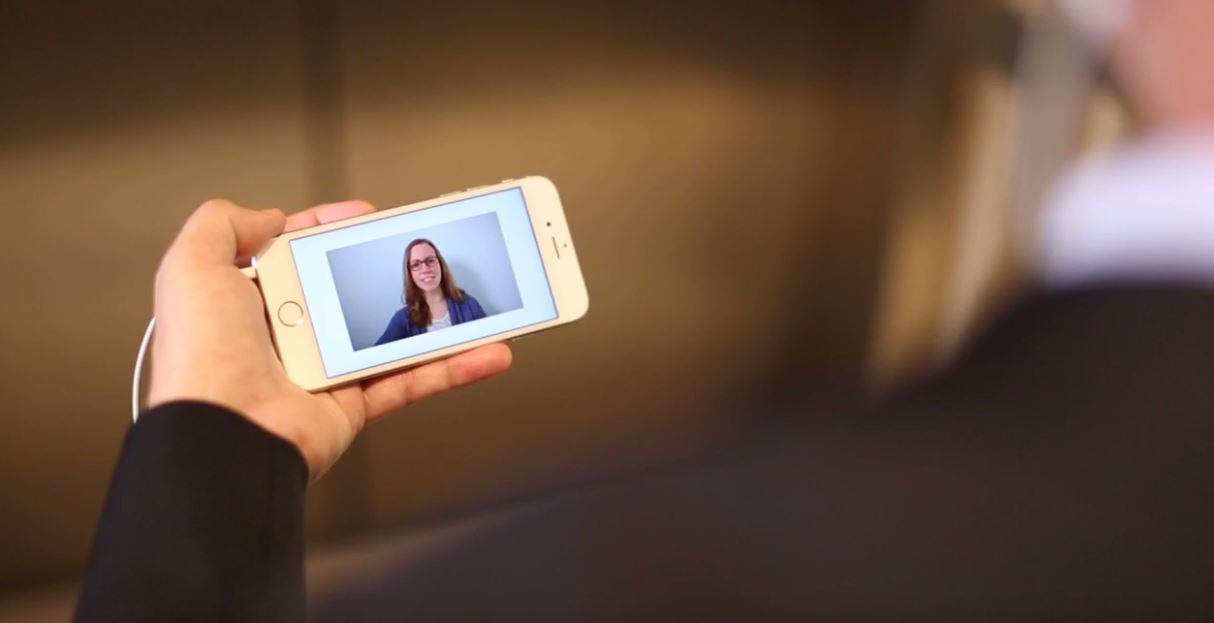By Julie Nattis
As you read through our blogs about technology as a “place-maker” or the benefits of being an early adopter, you may be saying to yourself, “I’m not an AV nerd, so how am I supposed to make sense of ‘workplace technology,’ like desktop video collaboration?”
Some of us at Waveguide started as musicians or roadies or audiophiles, but a lot of us didn’t. And many of us are “early adopters” who stay educated on new technologies in the marketplace by being the first to road-test them in our work environments, but some of us are still analog. We know collaboration technology increases efficiency and productivity, so how do those of us without much tech experience create desktop video experiences that makes us look good? Try these tips from a non-nerd.
Working From Home for the First Time?
Before you set up your desktop video experience, make sure you have the productivity basics covered so you can be successful.
- Set a schedule and stick to it. Remember to take breaks and avoid distractions.
- Group meetings together so you have focused time to accomplish work assigned in meetings.
- Get dressed!
- Set up a dedicated work space. Treat it as an office you commute to and at the end of the day, leave it ready for the next day’s work.
- Spruce up your written communication skills. Video is replacing many of your meetings, but ad hoc conversations will now happen in Teams, Slack or other instant messaging channels. Keep your writing brief, tidy and clear.
Lights!
The most important part of a good video call is adequate lighting so callers can see your face and the nuances in your facial expressions clearly. To light your face evenly, try putting some soft, ambient lighting — such as a table lamp with soft light bulbs or a window with light-colored shades — behind your webcam. Avoid the harsh light of a desk lamp and try to avoid positioning yourself with a bright window behind you.


Camera!
If your computer has a built-in webcam, you’re one step closer to making easy video calls. Or are you? Take a look at *where* the camera is. Is it at the top of your computer screen? Great! You may proceed. Is it at the bottom of the screen on your laptop, like mine? Stop! You want your camera placement to be directly in front of your face, just above eye level, so you’re looking slightly up, not down. You can get a portable webcam to put on top of your laptop or desktop for about $20 online, and your chin will thank you for it.
Action!
When Waveguide works with clients to design video-friendly conference rooms, we consider the whole environment. You can do that for desktop video calls, too. Look around, behind you and beside you. Is there a window back there? What about busy walls? Try to minimize the activity in view of your webcam so callers can focus on your face and your message instead of attention-stealing clutter. Ditch busy patterns, turn off lamps or other lights behind you, close shades and doors, tidy up, and if you can, paint a contrasting wall color to really help your face pop. Now you’re ready for your close-up.

Create Habits You Can Stick To
Establishing new habits might feel like an uphill climb if you aren’t already using video as part of your daily routine, but the technology in our personal lives has evolved at a rapid pace and chances are you’ve evolved with it. Trust yourself and your know-how, and then try video instead of email and phone calls for one week. At the end of the week ask yourself: Did my inbox seem less bloated? Did I understand more clearly what a colleague was trying to communicate? If you answered yes to either of those questions, you’re well on your way to creating lasting video habits and better communication.
For more about how Waveguide makes video work for workplaces, check out The Video-enabled Enterprise and The Elevator Pitch.